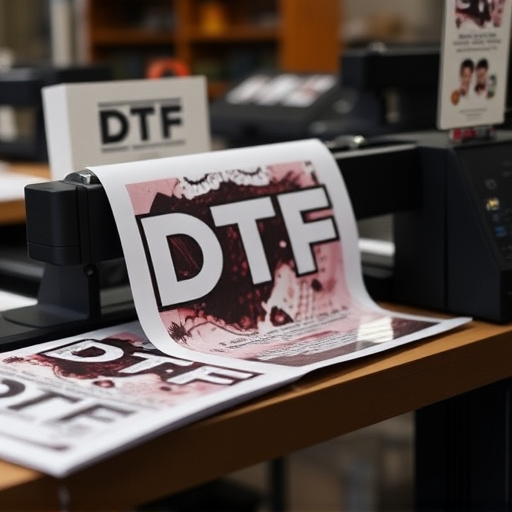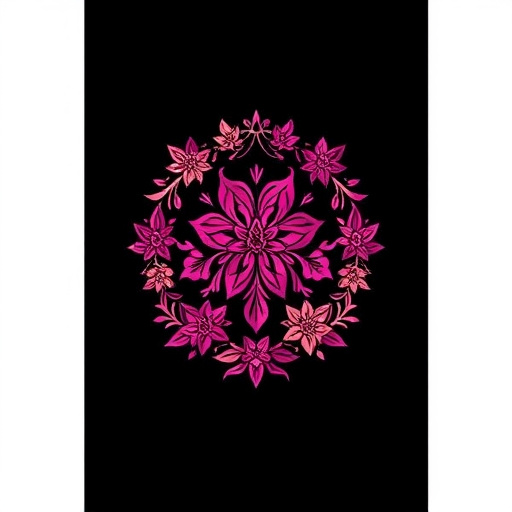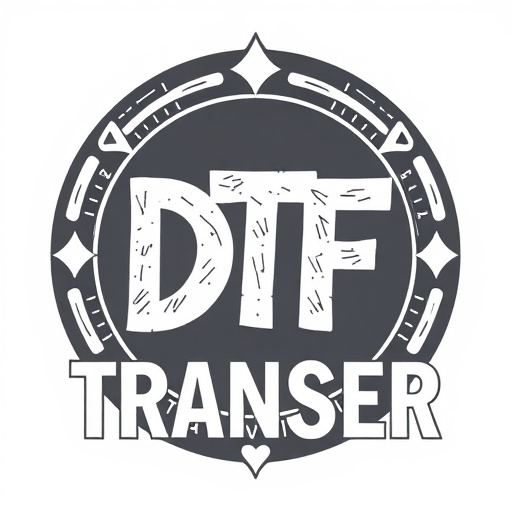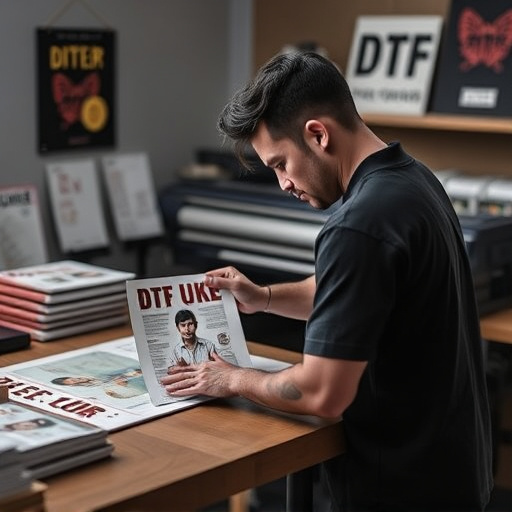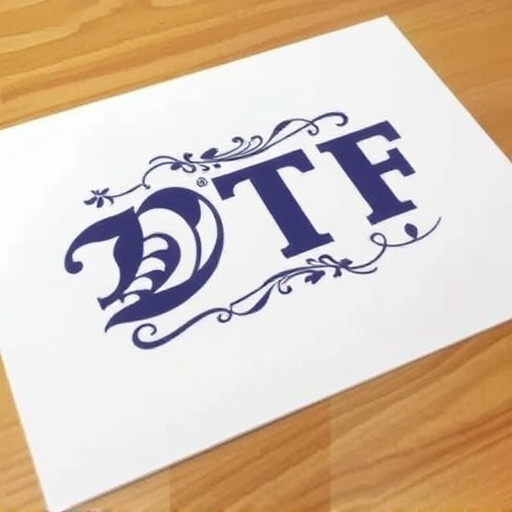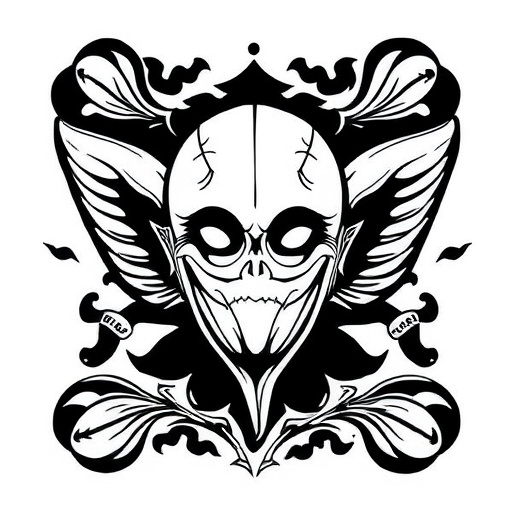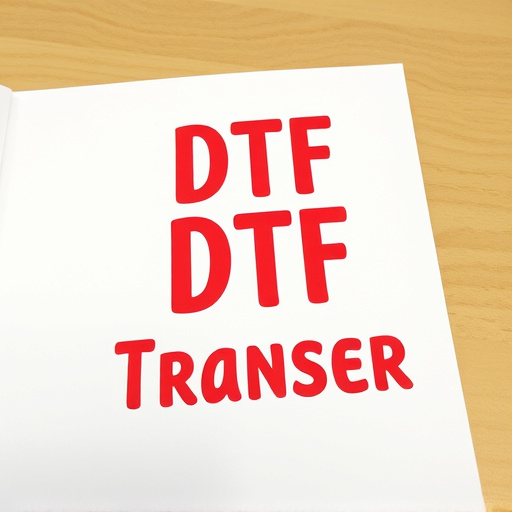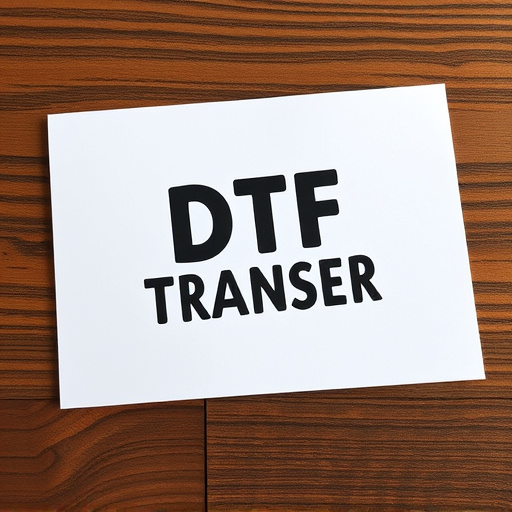Direct-to-film (DTF) printing is a cutting-edge technology revolutionizing various industries with its ability to print high-quality, intricate designs directly onto diverse materials like film, fabric, and metal. By eliminating the need for intermediate steps and using advanced inkjet technology, DTF offers faster production times, superior color accuracy, and unparalleled customization. Ideal for signage, packaging, fashion, and more, it enhances brand identity and provides memorable customer experiences. Maintaining quality through material selection, equipment calibration, and post-printing curing techniques ensures durable, vibrant prints. With ongoing technological advancements, DTF printing is poised to drive design trends, offer sustainable alternatives, and unlock endless creative possibilities.
“Direct-to-film (DTF) printing is transforming the landscape of personalized design, offering a game-changing approach to creating unique, custom products. This innovative technology revolutionizes the way we bring designs to life, enabling intricate patterns and vibrant colors on various media. In this article, we explore DTF Printing’s advantages, from its step-by-step process to its diverse applications. Discover how it ensures quality and durability while shaping future design trends, making it an indispensable tool for creators and businesses alike.”
- Understanding Direct-to-Film Printing: A Revolutionary Technology
- The Advantages of DTF Printing for Personalized Designs
- How DTF Printing Brings Designs to Life: Step-by-Step Process
- Applications: Unlocking Endless Possibilities with Customization
- Ensuring Quality and Durability in Personalized DTF Prints
- Future Prospects: The Evolving Role of DTF Printing in Design Trends
Understanding Direct-to-Film Printing: A Revolutionary Technology

Direct-to-film (DTF) printing is a cutting-edge technology that has revolutionized the way we create and personalize designs, especially in the world of visual merchandising and advertising. This innovative process allows for precise and high-quality printing directly onto various film surfaces, offering unparalleled versatility and efficiency.
Unlike traditional printing methods, DTF Printing bypasses the need for intermediate materials like paper or vinyl. Instead, it utilizes advanced inkjet technology to apply vibrant, durable inks directly onto films such as polyethylene or polypropylene. This direct approach ensures crisp, detailed designs that can withstand outdoor conditions, making it ideal for signage, banners, and even packaging. With DTF Printing, businesses and creatives can now bring their visions to life with speed and accuracy, creating a captivating visual impact in any environment.
The Advantages of DTF Printing for Personalized Designs
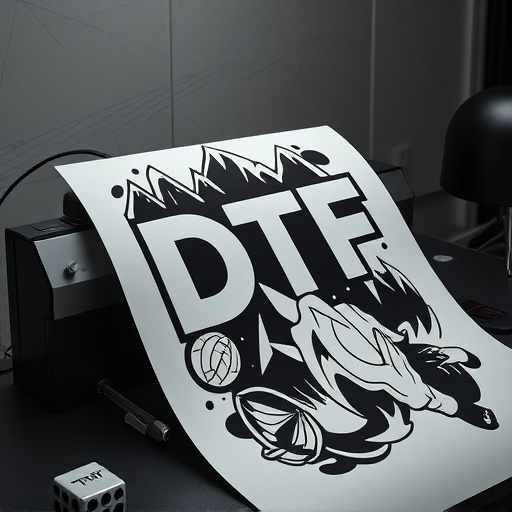
Direct-to-film (DTF) printing offers a host of advantages for creating personalized designs, making it a game-changer in various industries. One of its key benefits is the ability to produce high-quality, intricate patterns and graphics directly on a wide range of materials, from clothing to accessories and even packaging. This technology eliminates the need for traditional printing methods like screen printing or heat transfer, which can be time-consuming and limit design complexity.
Moreover, DTF Printing allows for exceptional color accuracy and vibrant outcomes, ensuring personalized designs pop and capture attention. It enables businesses to offer unique, tailored products to their customers quickly and cost-effectively. With its precision and versatility, DTF Printing revolutionizes the way we approach custom printing, making it an attractive option for those seeking innovative and visually appealing solutions.
How DTF Printing Brings Designs to Life: Step-by-Step Process
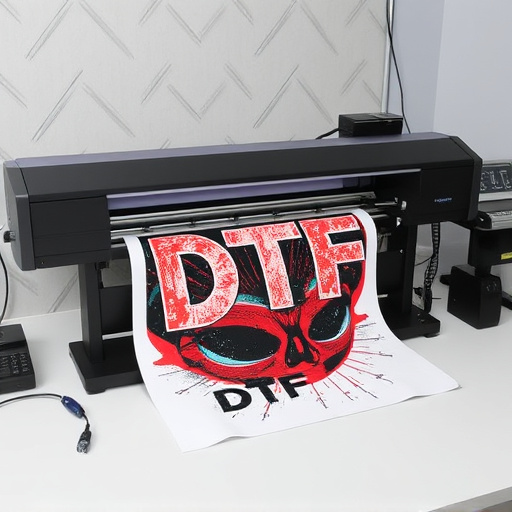
Direct-to-film (DTF) printing brings designs to life with a dynamic and versatile process. It starts with high-resolution digital art, which is then transferred onto a film or plate using specialized equipment. This film acts as a stencil, allowing ink to pass through specific areas, creating the desired pattern on various substrates like fabric, wood, or metal.
The next step involves precisely positioning the print head over the substrate and digitally controlling the ink flow. This ensures accurate color reproduction and fine detail. Once the ink is applied, the substrate moves through a heat press or dryer to cure the ink, making it durable and long-lasting. DTF Printing’s multi-step process results in vibrant, high-quality designs that truly come alive on the chosen material.
Applications: Unlocking Endless Possibilities with Customization
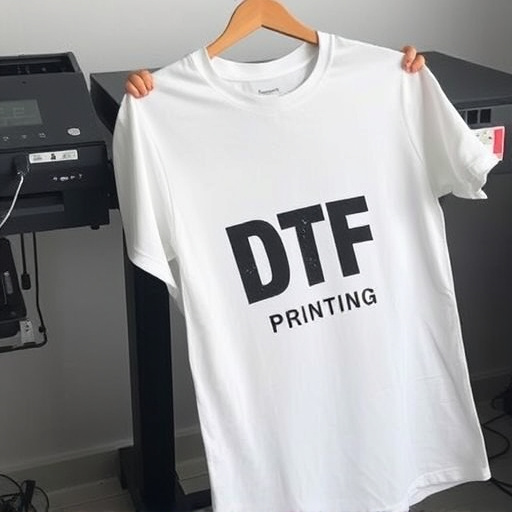
Direct-to-film (DTF) printing offers a world of possibilities for personalized designs, transforming various industries and applications. From fashion to signage, product branding to promotional items, DTF Printing allows for an unprecedented level of customization. It enables businesses and designers to create unique, one-of-a-kind pieces with intricate details and vibrant colors.
One of the key strengths lies in its ability to produce high-quality, personalized content at scale. Whether it’s custom patterns on textiles, personalized packaging, or tailored marketing collateral, DTF Printing ensures each item is distinctive and relevant to its intended audience. This level of customization not only enhances brand identity but also creates a more engaging customer experience, fostering a sense of individuality and satisfaction.
Ensuring Quality and Durability in Personalized DTF Prints
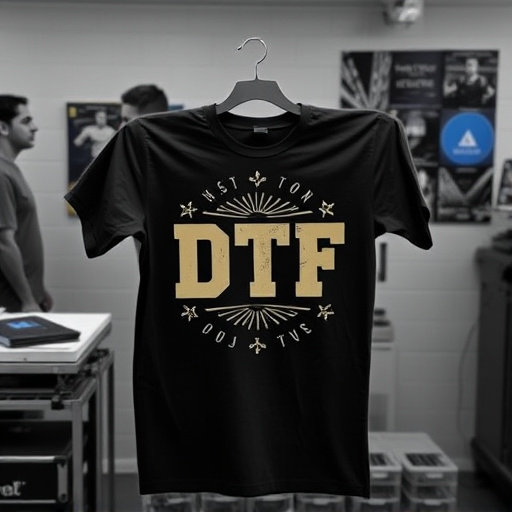
When it comes to personalized designs using direct-to-film (DTF) printing technology, quality and durability are paramount. To achieve superior results, printers must carefully select high-quality materials, including inks and films, that are compatible with their equipment. Regular calibration and maintenance of printing machines are essential to ensure consistent color accuracy and precise registration, resulting in vibrant, detailed prints that last.
Additionally, the print surface preparation is crucial. Cleaning and conditioning the substrate properly before printing helps achieve optimal adhesion and prevents ink from smudging or peeling over time. Proper curing techniques after printing, often accelerated by heat or UV light, further enhance durability. These meticulous steps contribute to creating personalized DTF prints that not only look stunning but also withstand the test of time, ensuring customer satisfaction and a positive perception of your brand.
Future Prospects: The Evolving Role of DTF Printing in Design Trends
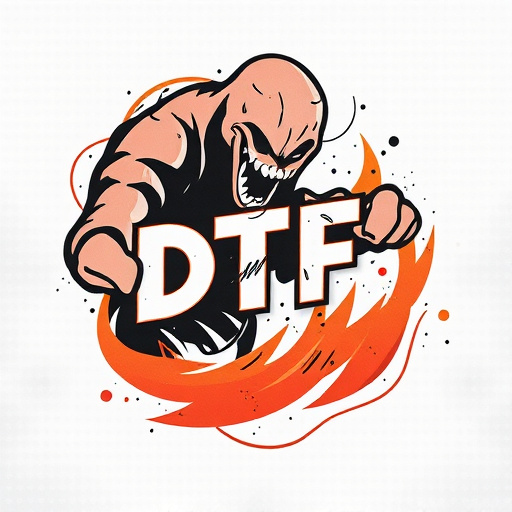
Direct-to-film (DTF) printing is poised to make significant strides in the design industry’s future. As technology continues to advance, DTF’s versatility and efficiency will likely drive its integration into various creative fields. From fashion and textiles to packaging and signage, designers can expect to see more personalized, on-demand production. The process enables rapid prototyping, allowing artists and businesses to experiment with unique patterns, textures, and colors, bringing their visions to life swiftly.
With ongoing innovations, DTF printing is expected to enhance design trends by offering sustainable alternatives and optimizing material usage. Its ability to print directly onto diverse substrates opens up endless possibilities for designers to create impactful visual experiences. As the technology matures, we can anticipate even more intricate designs, improved durability, and enhanced color accuracy, solidifying DTF Printing’s role as a game-changer in modern design practices.





